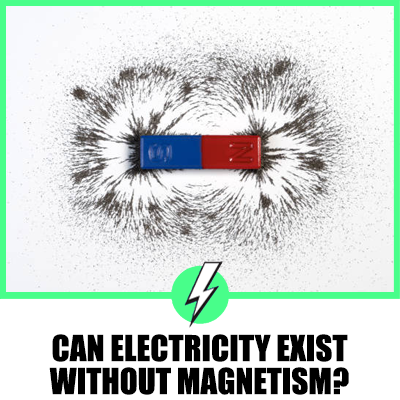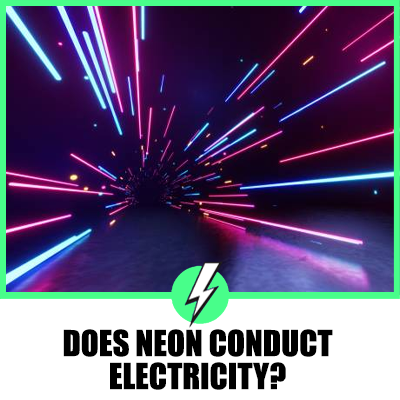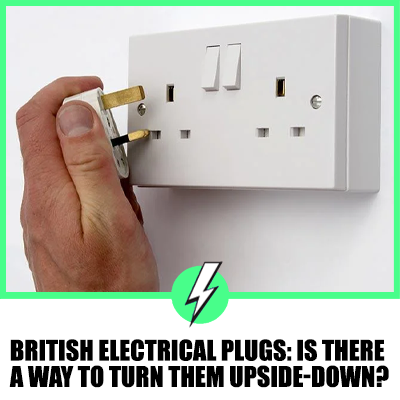Can Electricity Exist Without Magnetism? A Transatlantic Perspective
The relationship between electricity and magnetism has been a subject of fascination and study for centuries.
These two forces are intimately linked, forming the basis of electromagnetism, a fundamental force of nature.
But can one exist without the other?
This article explores this intriguing question, providing insights from both the UK and US perspectives.

Contents
Does Electricity Have Anything to Do with Magnetism?
Electricity and magnetism are two sides of the same coin.
When electric charges move, they create a magnetic field, and when a magnetic field changes, it induces an electric field.
This interplay is the foundation of electromagnetism.
However, they can exist independently.
For instance, static electricity is an example of an electric field without a magnetic field, and permanent magnets have a magnetic field without an electric field.
Is All Electricity Made with Magnets?
Not all electricity is made with magnets.
While most of our electricity comes from generators that use magnetism, other sources like solar panels (photovoltaics) generate electricity without the use of magnets.
They convert sunlight directly into electricity.
Can Electric Field Exist Without Force?
An electric field is a region around a charged particle where a force would be experienced by other charged particles.
Therefore, by definition, an electric field cannot exist without force.
However, if there are no other charged particles present, there would be no force experienced, even though the electric field still exists.
Insights from Online Discussions
Several online discussions provide further insights into this topic.
A discussion on Vedantu emphasizes that magnetic fields are produced by moving electric charges, but they can exist without electric fields in the form of permanent magnets.
A thread on Physics Stack Exchange explains that while a changing electric field produces a magnetic field, and vice versa, they can exist independently.
A post on Quora explains that while magnets are often used to generate electricity, they are not necessary for the existence of electricity itself.
An article on ThoughtCo provides a comprehensive introduction to electricity and magnetism, explaining how they are interrelated yet can exist independently.
A comparison on Diffen between electric fields and magnetic fields highlights their differences and similarities, and how they are interrelated in the electromagnetic field.
An article on MIT Engineering explains that while magnetism is a force, it does not contain energy of its own. However, it is extremely useful for converting energy from one form to another.
Conclusion
While electricity and magnetism are deeply interconnected, forming the basis of electromagnetism, they can exist independently.
Understanding this relationship is fundamental to many of our modern technologies, from power generation to electronics.
As we continue to explore and harness these forces, who knows what future innovations may be in store?
Additional Information for UK and US Audience
When it comes to the study of electricity and magnetism, both the UK and the US have made significant contributions.
In the UK, scientists like Michael Faraday and James Clerk Maxwell laid the groundwork for our understanding of electromagnetism.
Faraday’s experiments with magnets and electric currents led to the invention of the electric motor, while Maxwell’s equations describe how electric and magnetic fields interact.
In the US, researchers have built on this foundation to make their own discoveries.
For example, Richard Feynman, a renowned American physicist, made significant contributions to quantum electrodynamics, a theory that describes how light and matter interact.
Today, both countries continue to be at the forefront of research in this field.
Whether it’s developing more efficient solar panels, designing better electric vehicles, or probing the mysteries of quantum mechanics, scientists in the UK and the US are pushing the boundaries of what we know about electricity and magnetism.
In both countries, education in physics, including the study of electricity and magnetism, is a key part of the science curriculum.
Students learn about the relationship between electricity and magnetism, how they are used in everyday technologies, and their importance in the natural world.
Whether you’re in the UK or the US, the next time you switch on a light, charge your phone, or use a compass, remember the intricate dance of electricity and magnetism that makes it all possible.





